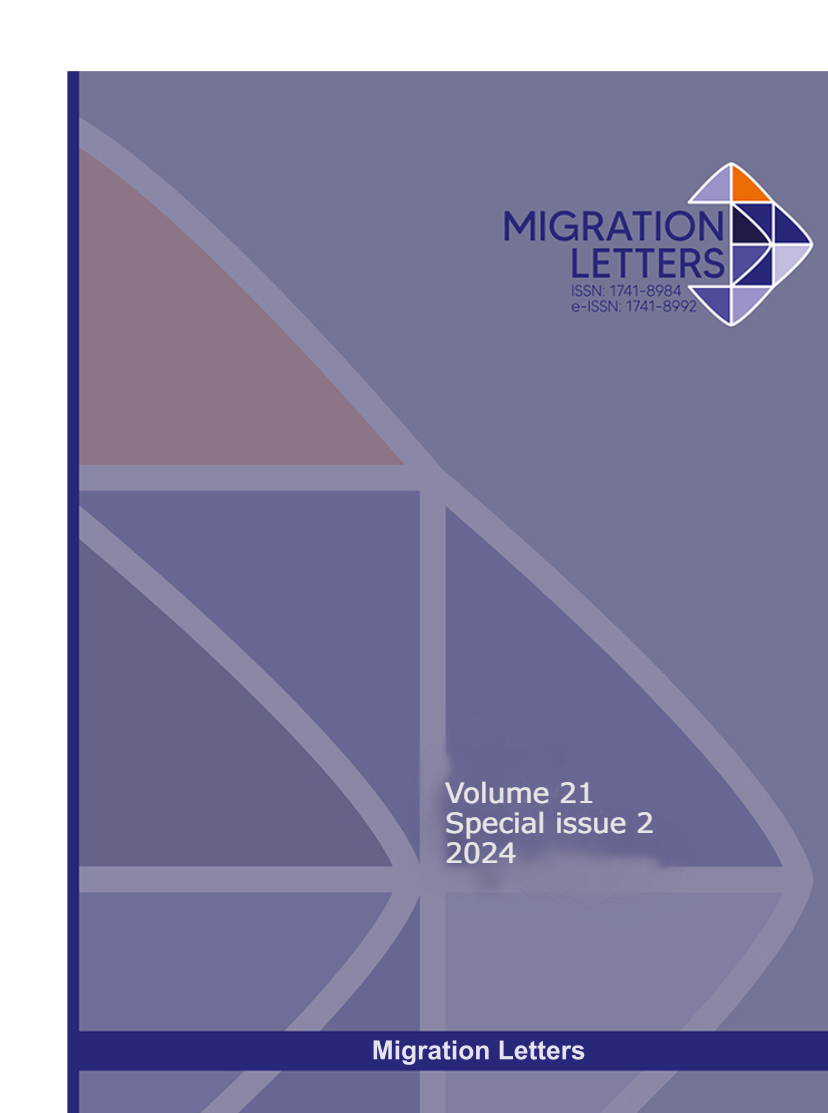Enhancing patient safety: Understanding the prevalence and contributing factors of urogenital problems in perimenopausal women
Abstract
Introduction: As women pass through the perimenopausal phase, they frequently experience several urogenital challenges that substantially impact their quality of life. This study aimed to identify the prevalence and contributing factors of urogenital problems among perimenopausal women emphasizing the importance of preventive healthcare strategies.
Material and method: A hospital-based sample of 174 women aged 40 to 55 years was recruited in this comprehensive cross-sectional survey. A questionnaire that included socio-demographic data, clinical data, a probable urogenital problem identification checklist, and a possible contributing factors identification checklist was administered to check the prevalence and contributing factors of urogenital problems including urinary incontinence, vaginal dryness, and sexual dysfunction.
Result: The preliminary findings indicate a notable prevalence of urogenital problems among perimenopausal women 98.3% with mild or moderate symptoms, 1.15% had severe, and 1.7% had no symptoms. Contributing factors such as hormonal therapy, less perineal hygiene, long-term medication, and substance abuse were reported during the survey. Out of which there was a significant association of hormonal therapy with urogenital problems. Approximately 64.56% of individuals experiencing mild symptoms opted for hormonal therapy, while around 35.44% of those with severe symptoms were undergoing hormonal treatment for different reasons, signifying a noteworthy observation.
Discussion: This study underscores the urgent need for targeted interventions and patient education programs to address urogenital problems in perimenopausal women. By raising awareness and implementing preventive measures, healthcare providers can significantly improve the overall well-being and patient safety of this demographic. An information booklet is prepared and it will serve as a valuable resource of proactive measures and holistic approaches. This abstract highlights the relevance of understanding and addressing urogenital health issues in the context of perimenopause, contributing valuable insights to enhance patient safety and healthcare quality.
Published
How to Cite
Issue
Section
License

This work is licensed under a Creative Commons Attribution-NonCommercial-NoDerivatives 4.0 International License.
CC Attribution-NonCommercial-NoDerivatives 4.0






